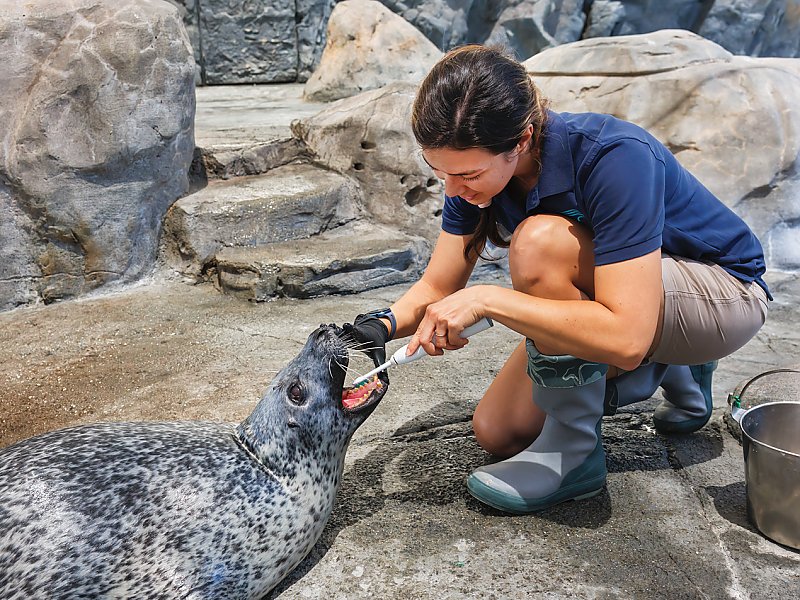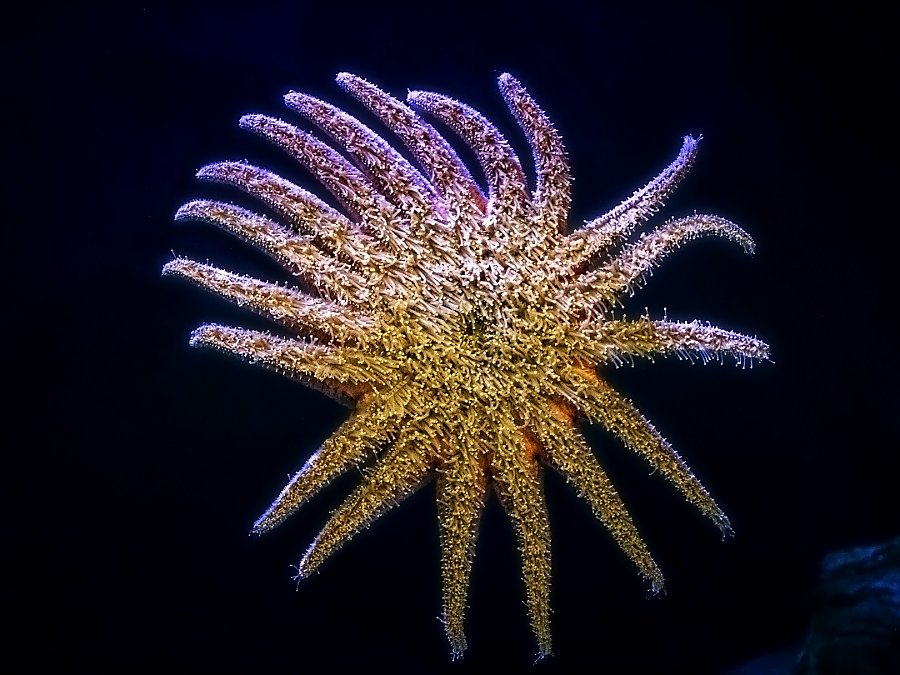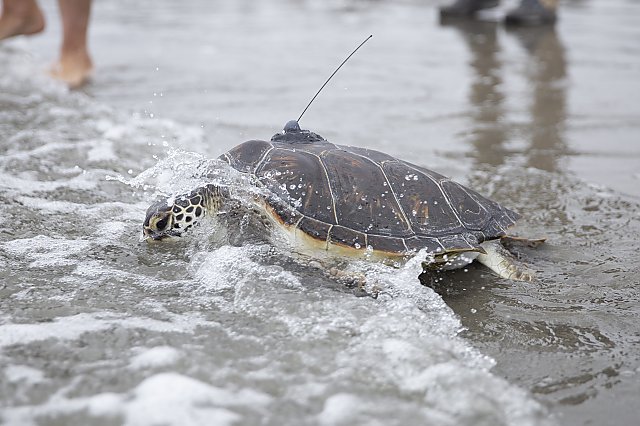
We are Setting the Standard in Animal Well-Being and Welfare
The Aquarium of the Pacific and its staff are deeply committed to leading the way in setting new standards in compassionate animal care.
Working with other institutions, the Aquarium of the Pacific is helping to save endangered sunflower sea stars

Credit: Robin Riggs
Since 2023 the Aquarium of the Pacific has been participating in the Association of Zoos and Aquarium’s (AZA) SAFE Sunflower Sea Star Program to study and spawn this endangered species. In partnership with other institutions—the Birch Aquarium, California Academy of Sciences, and the Sunflower Star Lab—we have successfully spawned this endangered sea star.
Rising temperatures have enabled sea star wasting disease to drastically affect the population of sunflower sea stars as well as other sea star species. Because of the severe impact, the sunflower sea star’s status was updated to endangered, which lead to the creation of the AZA SAFE program.
This species of sea star plays an important role in the ecosystem, including maintaining the balance in the kelp forest. Sunflower sea stars are considered a keystone species in kelp forest ecosystems due to their natural predation on sea urchins. By consuming sea urchins, sunflower sea stars help keep their populations in balance, which prevents them from overeating kelp. This helps protect kelp forests, which provide vital habitat for marine life and benefits for humans such as producing oxygen, absorbing carbon, and protecting coastlines. The habitat of the sunflower sea stars is from Unalaska Island, Alaska, to Baja California.

The Aquarium of the Pacific and its staff are deeply committed to leading the way in setting new standards in compassionate animal care.

Join us, as your support of our conservation and education programs will help the Aquarium of the Pacific empower and inspire young ocean stewards and positively transform our oceans for generations to come.